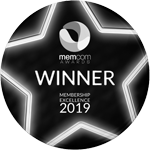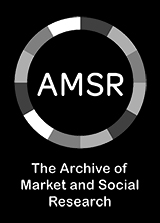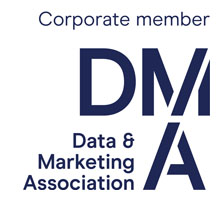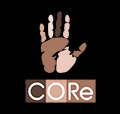Classifying and Targeting Businesses - At any geographical level, national down to local
12th October 2005
This seminar looked at the world of business classification and targeting used in ‘business to business’ marketing.
It focused on two main areas: the latest sources available on businesses and their locations, and how the data can be developed to successfully classify and target businesses in various industry sectors. The presentations from each of the speakers are given below.
Seminar Introduction and Roadmap of Data Sources
Keith Dugmore, Demographic Decisions
Download Keith Dugmore's introduction
They're businesses, but not as we know them - identifying Social Enterprises across the UK
Jan Shury, IFF Research
- The methodological approach taken in the DTI's recent 'Survey of Social Enterprises across the UK' to identify businesses whose primary purpose is to pursue a social or environmental goal (rather than profit per se) and who do so within a (more or less) traditional business setting (rather than within the voluntary sector)
- The range of sample sources / classification databases used in drawing the sample and analysing the resultant data
The Inter Departmental Business Register - Sources and Uses
John Perry, ONS Business Registers Unit
- Sources
- Use as a survey and analysis tool
- Current developments - improving sources and outputs
- Impact of globalisation
Working with Workplace Data
Eileen Howes, Greater London Authority
- Workplace based statistics available from the 2001 Census beyond the Special Workplace Statistics
- Theme Tables and other Standard Tables
- Commissioned Tables on Workers (not residents)
- How the GLA uses the extra data and the benefits and pitfalls
Pinning the Tail on the Donkey – What is the Size and Shape of the Business Market and the Best Sources of Data?
Adrian Gregory, DQM Group
- Best estimates for business size and structure
- The turbulence and ‘change‘ beneath a ‘stable’ exterior
- Finding the names - commercial data sources – credit or directory providers
- Keeping on top of fast changing business data
- The emergence of data aggregation and new data sources – the holy grail?
Data - the Source of Intelligent Business Information
Adrian Cutcliffe, D&B
- Global data collection - sources, methods, relationships
- Hazards of data collection – accuracy, consistency, timeliness
- Corporate Linkage and Predictive Indicators
- Using data as intelligent business information
- Customers that use data - examples of interpretation and misinterpretation
- The relationship between using data alone versus analytics
- Futures and summary – data as a commodity, modelling, SMEs
“Know Your Place”: Understanding the UK Retail Hierarchy - a Developer’s Perspective
Richard Barkham, Grosvenor Ltd
- Economics of retail property development
- Planning major developments
- Using shopper flow data to create rental forecasts
- Tenant mix, anchor stores and letting strategy
- New approach to additional data and analytics
Delivering Results, Putting Theory into Practice - Corporate Geodemographics in Action
Phil Hermsen, Information Arts Ltd
- Changing the shape of the service model for a leading express transportation company
- Getting the basics right first - constructing a single customer view, appending corpographics and understanding the profile of existing customers
- Development of a Market Demand Model
- Extrapolating the known universe onto the unknown universe, using Information Art's Geodemogaphic Industrial Classification
- Validating the model and implementing tactically - results to date
Using Government Data to Improve Understanding of the Business Universe
Mike Fishwick, Yell Group
- Comparing Yell Book Areas across the UK
- Government data as an external view
- A classification of Book Areas using Government Business and Workplace data
- Comparing Yell & Government coverage at local level
Get the latest MRS news
Our newsletters cover the latest MRS events, policy updates and research news.










